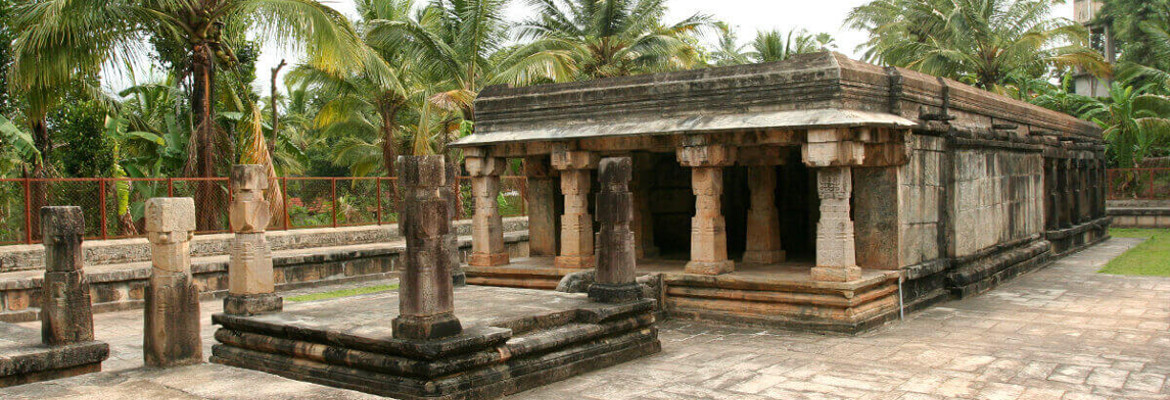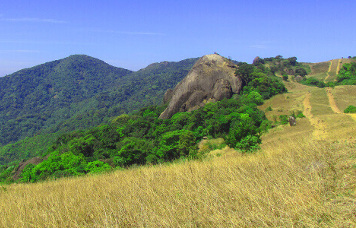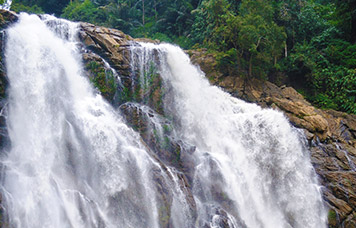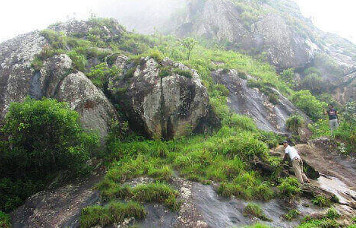
Sulthan Bathery
Sulthan Bathery, the town and municipality in the Wayanad district of Kerala is an ancient historical place. It is believed by historians that Wayanad’s history is older than 3000 years. Chroniclers believe that the area was occupied during the times of early man.
Sulthan Bathery
The town was known by many names before its present name, ‘Sulthan Bathery’. They are Sultan’s Battery, S. Bathery, Bathery, Hennaradu Vithi, Dodappan Kulam Mahaganapathivattam and Ganapathivattom. The town was known by another name, Kidananadu, due to the presence of the Kidangan tribes. Sulthan Bathery was also known by the name Purakizha during the time when the Kulashekara kings ruled.
Sulthan Bathery is located at an altitude of about 930 metres above sea level. The climate in this region is very pleasant all through the year. This town is blessed by nature abundantly. One can view the beautifully folded hills across the horizon. Sulthan Bathery has National highway 766 passing through it, which makes this town the centre of tourist attraction. This town has become very popular among those belonging to India’s software valley, Banglore.
The Jain Temple
Believed to be constructed during the 13th century, the Jain Temple at Sulthan Bathery is a major attraction. The temple stands as a proof for the excellence of Jain architecture. It has strong influences of the Vijayanagar architecture. The temple is entirely made of granite. The interiors have intricate stone carvings of the traditional style. A major speciality of the temple is that no amount of wood was used for its construction. The roof of the temple too was built using stones.
This temple indicates the presence of a Jain colony at Sulthan Bathery. Later, this colony somehow became extinct. According to a myth, the reason for the extinction of the Jain colony was the curse of a hermit (‘sannyasi’).
According to this myth, a hermit gave a pot to one of the residents. The pot was to be returned to the hermit on his return from the journey. The man hung up the pot inside his house and after a few days found out that the pot was leaky. All the iron utensils, on which the liquid from the pot had fallen, had turned to gold. The members of the community then used the liquefied gold from the pot to convert all their iron utensils to gold. They burnt down the house where the pot was kept and buried all the gold in the ground. Later, when the hermit returned, they informed him that the pot was lost in the fire. The furious hermit cursed the entire city to be ruined and that the buried gold would never be found.
The temple was then used by Tipu Sultan during the 18th century as a storehouse for his ammunition and thus, the town got the name ‘Sulthan’s Battery’ which later evolved to Sulthan Bathery.




